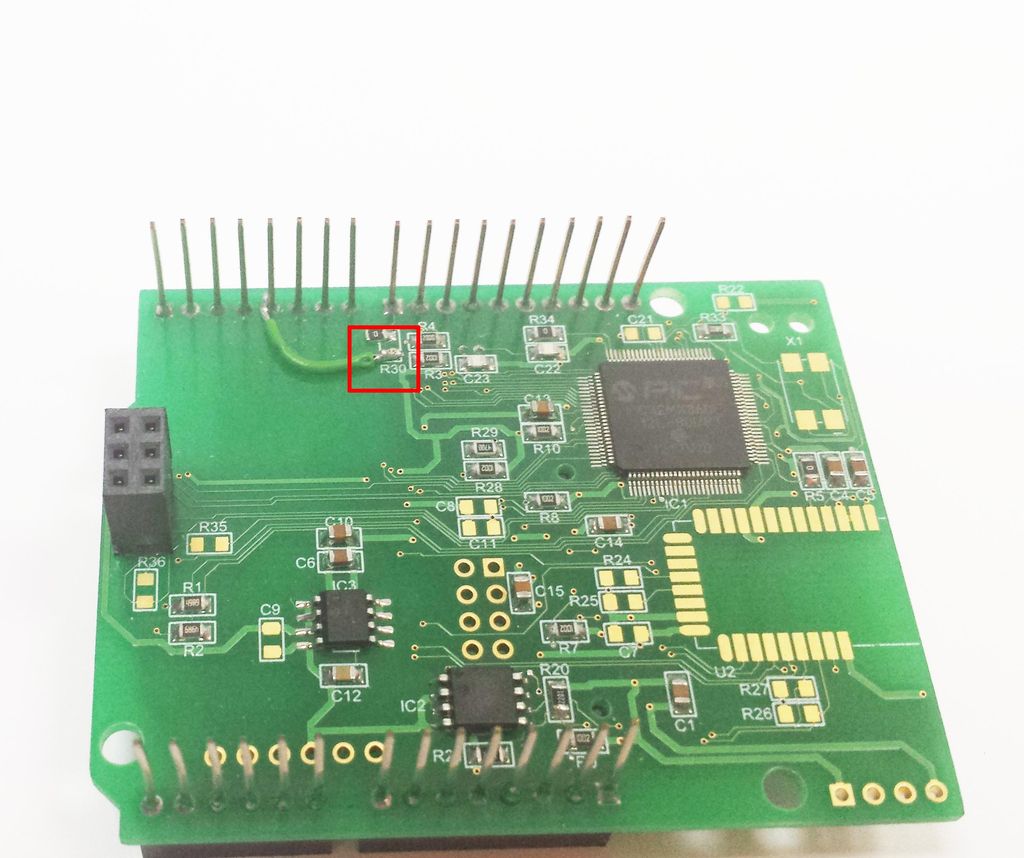It was a big hit with our audience and many of them has enquired on the making of the Tank. We wanted to share our Tank making knowledge to the Instructables community. So to get you in the seat of a POTENTIAL TANK COMMANDER, I am going to give a step by step guide on creating the Andee Battle Tank, or ABT in short.
Please like our Facebook page and view Video Highlights of ABT and Arduino Day Singapore 2014!

Step 1: What do you need?
1 x Arduino Uno
1 x Pololu Zumo Robot
1 x Annikken Andee
1 x WLToys V959-19 Missile Launcher (Amazon) (Aliexpress)
1 x Smartphone (Android 4.0 and above)
(note: if you are using iOS, u will need to the get Annikken Andee for iOS)
You might/will also need to the followings to get the job done
2.54mm Row Male Pin header
2.54mm Row Female Pin header
thin insulated wire
Insulated Tape
Double sided Tape / Blu-tack / Something Sticky
Some Soldering and Desoldering work
4 x AA Batteries
Step 2: Assemble the Zumo Chassis
In This Guide I will not be mentioning much about the assembly of the Zumo Chassis as user Qtechknow has already made a comprehensive guide on Zumo Tank Assembly. You can also visit Pololu Official page for the documentation.
Just don’t arm the metal plate that comes with the Zumo Kit, ABT uses speed as its defence, not armor =)
Female header for The Turret
After the Assembly, Solder the 2.54 mm Female Pin Header to the pin 2 and ground hole on the Zumo Shield. We will be using Pin 2 of the Arduino to fire the missile.
Step 3: “Hack” Annikken Andee
This poses a problem for Arduino as he is unable to differentiate the source of the communication (Andee or Zumo?).
To get around this problem, we are going to do a little hack
Modify Annikken Andee
Wait, what is Annikken Andee?
Annikken Andee is a bluetooth shield that allow easy communcation between your smart phone and your Arduino. As it comes with Andee Arduino library and free downloadable Andee App for your smart phone, you do not need to develop the App. You can create the UI all via your arduino codes.
What we are doing here is to reroute the communication from pin 8 to 4. You can also try pin 1,2,3,5,6,7 if you want. But because i like pin 4, i am going to use pin 4.
Step 1) Desolder R30
R30 is a 0 Ohm resistor that you can find on the underside of Annikken Andee. Taking it out severs the connection between the leg of pin 8 and Annikken Andee.
Step 2) Connect Annikken Andee to Pin 4.
Using a piece of short wire, short-circuit the copper base which previously house the 0 Ohm resistor of R30 to the leg of pin 4. This way the communication between Andee to Arduino will done via pin 4, and not pin 8. Check out the picture above for reference.
Step 4: Turret (Missile Launcher)
With lacking of online documentation of this fearsome weapon, The follows are my understanding based on trial and error.
The Yellow and White wires is connected to the DC motor behind the turret. As the motor rotates, it will trigger the mechanism to release a missile.The Red and Black wires will short-circuit every time the missile’s release mechanism is triggered. However for simplicity sake, we are not using this 2 wires for the project.

The missile launcher’s wires originally uses 1.25mm pitch header, which obviously doesn’t fit the 2.54mm Pin header Arduino uses. Therefore we need to carefully cut the 1.25mm header connected to Yellow and Whie wires and replace it with 1×2 2.54mm male Pin Header. Just remember to insulate the exposed copper and solder with insulated tape!
What to do with the Red and Black Wires?
Since we are not using the Red and Black wire pair, tuck these 2 wires somewhere below the turret. We might still need them in another project. Who knows? =P
